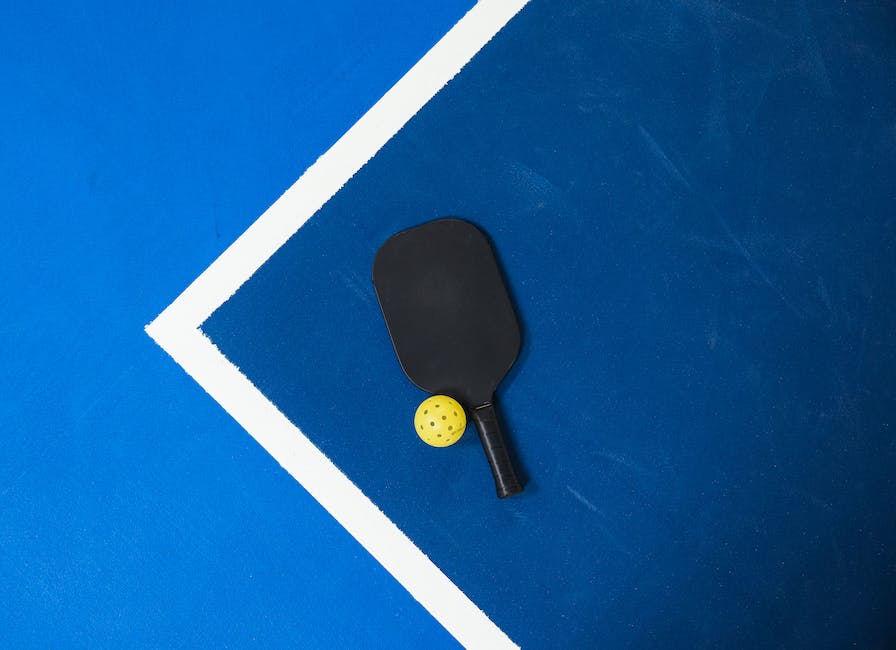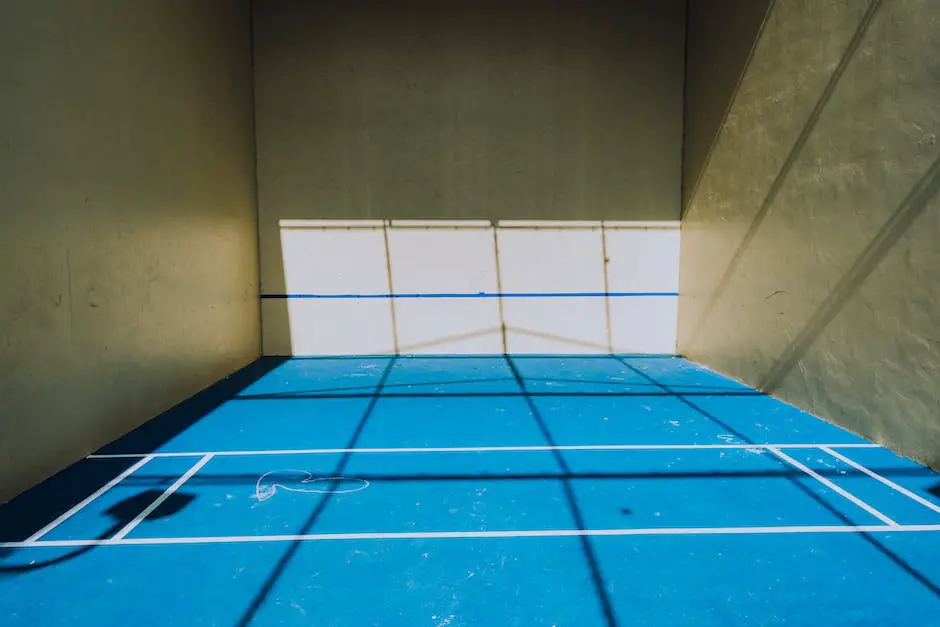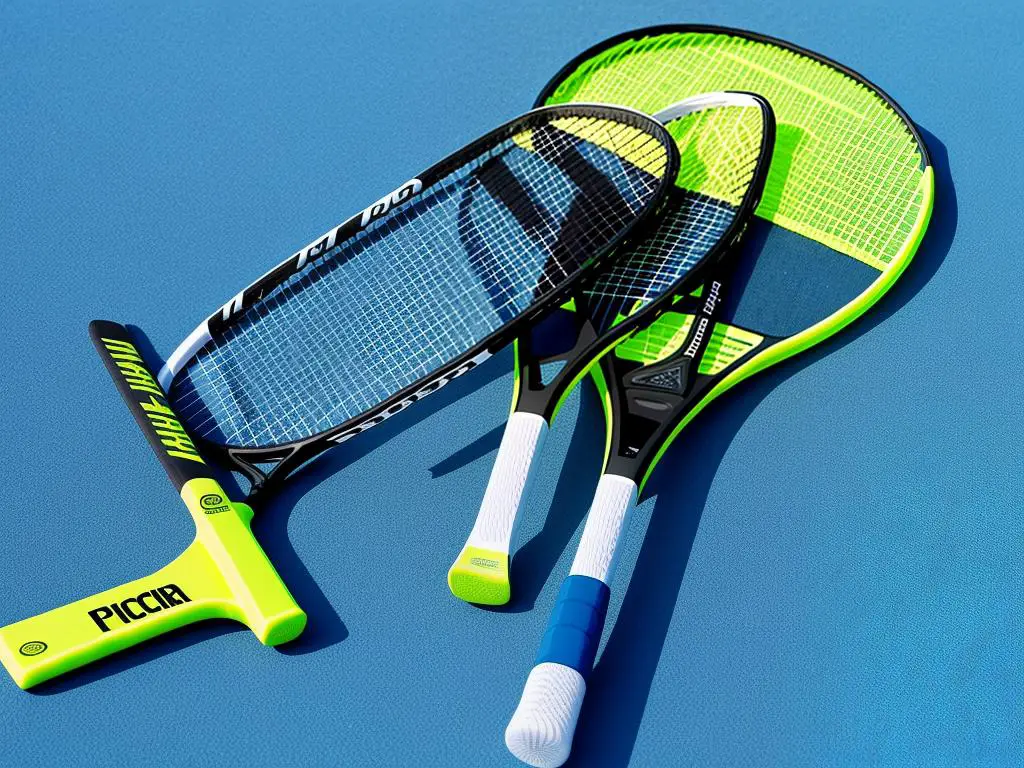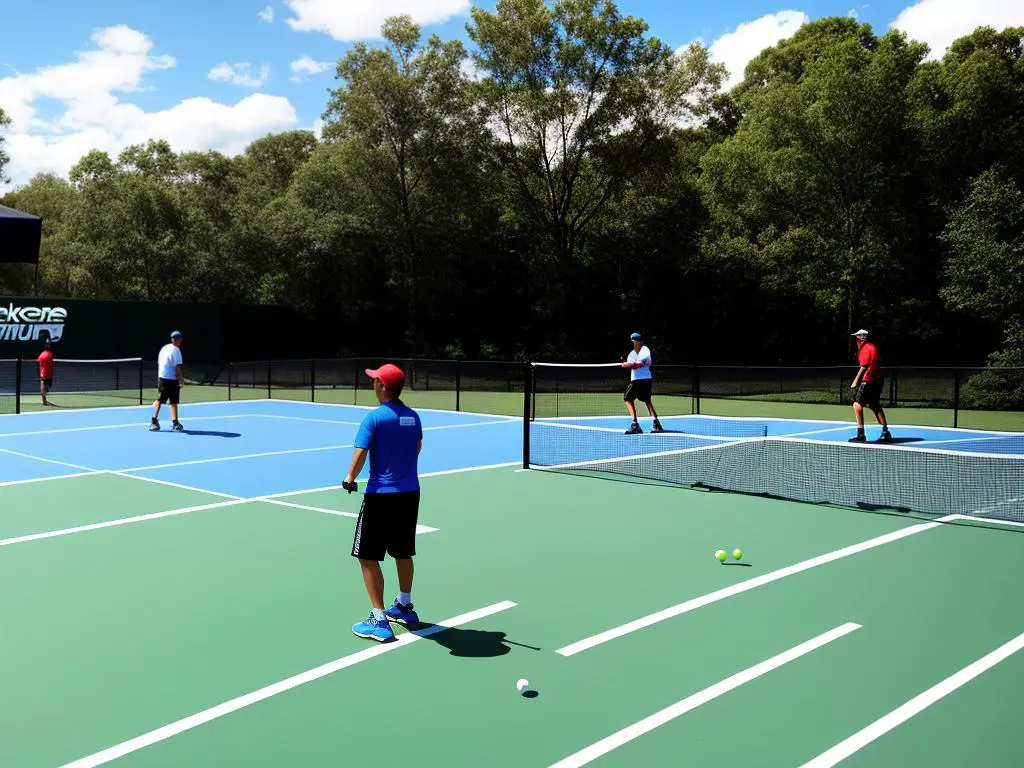Padel and Pickleball, two racquet sports with similar names, yet distinct characteristics, often incite curious comparisons amongst sports enthusiasts. Understandably so, as a casual observer may easily confuse one for the other due to shared aspects like a compact court and a net in the middle. This deep dive explores the origins, basic rules, equipment, and gameplay mechanics of Padel and Pickleball, aiming to delineate the clear line that characterizes their individuality. Following an exploration of their similarities — whether court design or scoring system — it segues into the divergent factors that set them apart from one another. Finally, the analysis delves into the popularity and rapid growth witnessed by Padel and Pickleball around the world.
Overview of Padel and Pickleball
Overview of Padel
Padel, also known as Padel tennis, is a racquet sport that is very popular in Spanish-speaking countries, particularly in Spain and Latin America. It originated in Mexico in the late 1960s and has grown into an internationally recognized sport today. Padel is played on a court that is enclosed by walls and fencing. The equipment used includes solid paddles that don’t have strings like traditional tennis racquets, and the balls used are very similar to tennis balls but have slightly less pressure.
The rules of Padel are relatively easy to learn and might seem familiar if you’re acquainted with tennis or squash. The game begins with an underhand serve, and players are allowed to use the walls surrounding the court as part of their strategy, much like in squash. To win a point, the ball must bounce in the opponents’ side after being struck by the player or team, with points, games, and sets scored similarly to tennis.
Overview of Pickleball
Pickleball, on the other hand, originated in the United States in the mid-1960s. It is a paddle sport that combines elements of tennis, badminton, and ping-pong. The sport has recently gained popularity in the U.S. and is played on a badminton-sized court with a slightly modified tennis net. The paddles used are larger than ping-pong paddles and typically made of composite or lightweight materials.
Unlike tennis or other racquet sports, Pickleball is played with a plastic ball with holes much like a whiffle ball. One unique rule in Pickleball is the “Non-Volley Zone,” or the “kitchen,” which prevents players from smashing the ball directly over the net from a close distance.
Understanding Padel and Pickleball: Are They the Same?
At first glance, you might think Padel and Pickleball are identical. Both are racquet sports involving a ball and a net. However, despite these apparent similarities, it’s important to note that Padel and Pickleball are fundamentally different. From their origins to their gameplay dynamics, these two sports greatly vary. Aspects such as court size and dimensions, the type of ball, scoring methods, racquet or paddle design, and even serving techniques are distinct for each sport.
Thus, it’s clear that while Padel and Pickleball share some superficial similarities as racquet sports, they are intrinsically unique. Each one boasts its own set of rules, equipment, and playing style, adding variety and depth to their respective gameplay. Whether you decide to venture into Padel or Pickleball, both guarantee a captivating and rewarding experience filled with fun and strategic challenges.

Similarities Between Padel and Pickleball
A Deeper Look Into the Characteristics of Padel and Pickleball
Digging deeper, Padel and Pickleball are separate games with their own unique dynamics, despite sharing some core elements. Predominantly, both sports are racquet-based, requiring a ball, a net, and a predefined playing area. They both place a premium on agility, coordination, and strategic thinking. Additionally, Padel and Pickleball can be played and enjoyed by individuals of different age brackets and skill levels, making them accessible to all, irrespective of their athletic abilities.
Sporting Equipment: The Tools of the Game
The equipment used for Padel and Pickleball is quite similar, though not identical. Both games use rackets, although Padel uses solid, stringless rackets, while Pickleball uses a paddle, which is smaller and solid. The balls used in both sports have perforations but the size and weight vary. The ball used in Padel is similar to a conventional tennis ball, albeit slightly under-pressured, whereas Pickleball uses a lightweight plastic ball with holes.
Court Specifications: Setting the Stage for the Game
Interestingly, both Padel and Pickleball courts are smaller than a standard tennis court. A Padel court measures 20 by 10 meters and is encased by glass walls and metallic meshing which can be used in gameplay, much like in Squash. On the other hand, a Pickleball court is identical in size to a badminton court, approximately 20 by 44 feet, and is marked like a tennis court but without alley markings.
Rules and Scoring: Guiding the Gameplay
The rules and scoring systems for Padel and Pickleball also bear similarities but have distinct differences. Both games are played in doubles and the scoring format is the traditional “love,” “fifteen,” “thirty,” “forty,” reminiscent of tennis. For Pickleball, scoring can occur only when serving, transitioning to the opponent after a fault. In Padel, players are allowed to use the walls surrounding the court, much like in squash.
To illustrate these differences further, it’s worth mentioning that in Pickleball, the ball must bounce once before volleys are allowed, establishing what’s known as the “no-volley zone,” or “kitchen.” Conversely, Padel allows players to volley the ball without a bounce but restricts serving to underhand motions.
To put it simply, Padel and Pickleball may seem similar due to common elements like equipment, court design, scoring, and gameplay. However, these are distinct games with their unique sets of rules and strategies. Both are enjoyable ways to exercise and socialize, whether you’re playing alone or in a group. But to truly grasp the essence of each sport, it’s best to go hands-on by wielding a racket or paddle.

Differences Between Padel and Pickleball
A Brief Introduction to Padel and Pickleball
Padel and Pickleball are two unique sports often played outdoors and involving the use of racquets and balls. At a glance, they seem similar due to the use of a net and capability for doubles play. But a deeper dive reveals various distinctions in game rules, equipment requirements, and player dynamics. These differences are what truly set them apart from each other.
Game Rules: The Basic Laws of Padel vs Pickleball
The rules of padel and pickleball differ quite a bit, starting from the game’s objective to its scoring system. Padel, originated in Mexico, is usually played in doubles wherein the aim is to make the ball bounce twice in the opponent’s court after only one bounce in your own court, following a serve that should ideally bounce once in the server’s court and then in the receiver’s.
Pickleball, on the other hand, which was born in the United States, is a blend of tennis, badminton, and ping pong. It can be played in singles or doubles. The objective is to hit a perforated plastic ball over a net, making it land within the boundaries of the opponent’s court. In Pickleball, the server only gets one chance to serve, unlike Padel where there are two opportunities.
Equipment: Padel Racquets vs Pickleball Paddles
Equipment is another area where the two sports differ significantly. Padel is played with solid racquets with no strings, and players use balls similar to tennis balls but with less pressure. The court is enclosed by walls, which players can use to their advantage while playing.
Pickleball, in contrast, is played with perforated plastic balls, similar to a whiffle ball, and large solid paddles, which are smaller than a tennis racquet but larger than a ping-pong paddle. The court is similar to a doubles badminton court and is marked like a tennis court, but the outer 7 feet on each side is non-volley zone or “kitchen,” where the ball has to bounce once before being returned.
Player Formation and Dynamics: Padel vs Pickleball
Player dynamics in padel involve more strategic planning due to its enclosure. The inclusion of walls changes the game dynamics as the ball can bounce off these surfaces. This allows for different strategies and game progressions.
In contrast, pickleball follows a straightforward dynamic, much like tennis, with less strategic variability compared to padel. The main strategy is forcing the opponent to hit the ball into the ‘kitchen’ or non-volley zone.
In summary, Padel and Pickleball, although both being racquet sports, are fundamentally different from each other, each with its unique rules, equipment and manner of player interactions.

Popularity and Growth: Padel vs Pickleball
Padel and Pickleball: Popularity and Growth
Continuing along, it’s clear to see that the universe of racquet sports has significantly expanded and diversified with the rise of innovative games such as Padel and Pickleball.
Understanding Padel and Pickleball: Are they the Same?
Padel and Pickleball, while similar in some respects, are fundamentally two different sports. Padel, originating from Mexico in the 1960s, is a racquet sport that combines elements of tennis, squash, and badminton. It’s played in doubles on an enclosed court that’s about a third the size of a tennis court.
Pickleball, on the other hand, was born in the United States in the mid-60s and is a mix of tennis, table tennis, and badminton. Played with a paddle and a plastic ball with holes, Pickleball can be played in singles or doubles on a badminton-sized court.
The Footprint of Padel and Pickleball
Padel is extremely popular in Spanish-speaking countries, especially Spain and Argentina, where it is considered the second most popular sport after football. Its popularity is growing in Europe, with sports clubs increasingly adding padel courts to their facilities. Also, the International Padel Federation actively promotes the sport worldwide, with the Padel World Championships held every two years.
Pickleball, primarily popular in the United States, is now seeing global recognition. The number of pickleball players in the U.S. has surged to over 3.1 million, according to the Sports & Fitness Industry Association. The sport is not just a hit among seniors, but it’s receiving appreciation from players of all ages. The Pickleball National Championships showcases the best players annually in Indian Wells, California.
Notable Competitions and Players for Padel and Pickleball
Many significant players have emerged in both sports. Fernando Belasteguín, a Padel player from Argentina, dominated the world Padel tour for an astonishing 16 years. Among female players, Alejandra Salazar from Spain has acquired a solid reputation with numerous victories under her belt.
In pickleball, Tyson McGuffin is a known name who’s won Singles National Championship multiple times. Simone Jardim is a prominent female player with an impressive record of wins at the US Open Pickleball Championships.
The Current Trends in Padel and Pickleball
Both Padel and Pickleball are witnessing significant growth thanks to their easy-to-learn and social nature. Moreover, these sports offer a fun way of keeping fit, attracting a lot of new enthusiasts worldwide.
However, they are different sports, each with its own unique rules, equipment, and playing techniques. While they share similarities, like being racquet sports that accommodate doubles play and have smaller court sizes, it’s important to note that Padel is not the same as Pickleball.

To say Padel is the same as Pickleball would be an oversimplification; instead, they are two unique, vibrant sports, each with its own unique appeal and following. After dissecting both sports through a myriad of lenses — from basic rules and equipment to player dynamics — it’s evident that while they share fundamental similarities, they possess significant differences. The continual growth, evolving popularity and global recognition of both Padel and Pickleball demonstrate the world’s love for these dynamic, enjoyable racquet sports. As their generous contributors continue to innovate and develop these sports, it’s certain that Padel and Pickleball will delight enthusiasts for years to come.